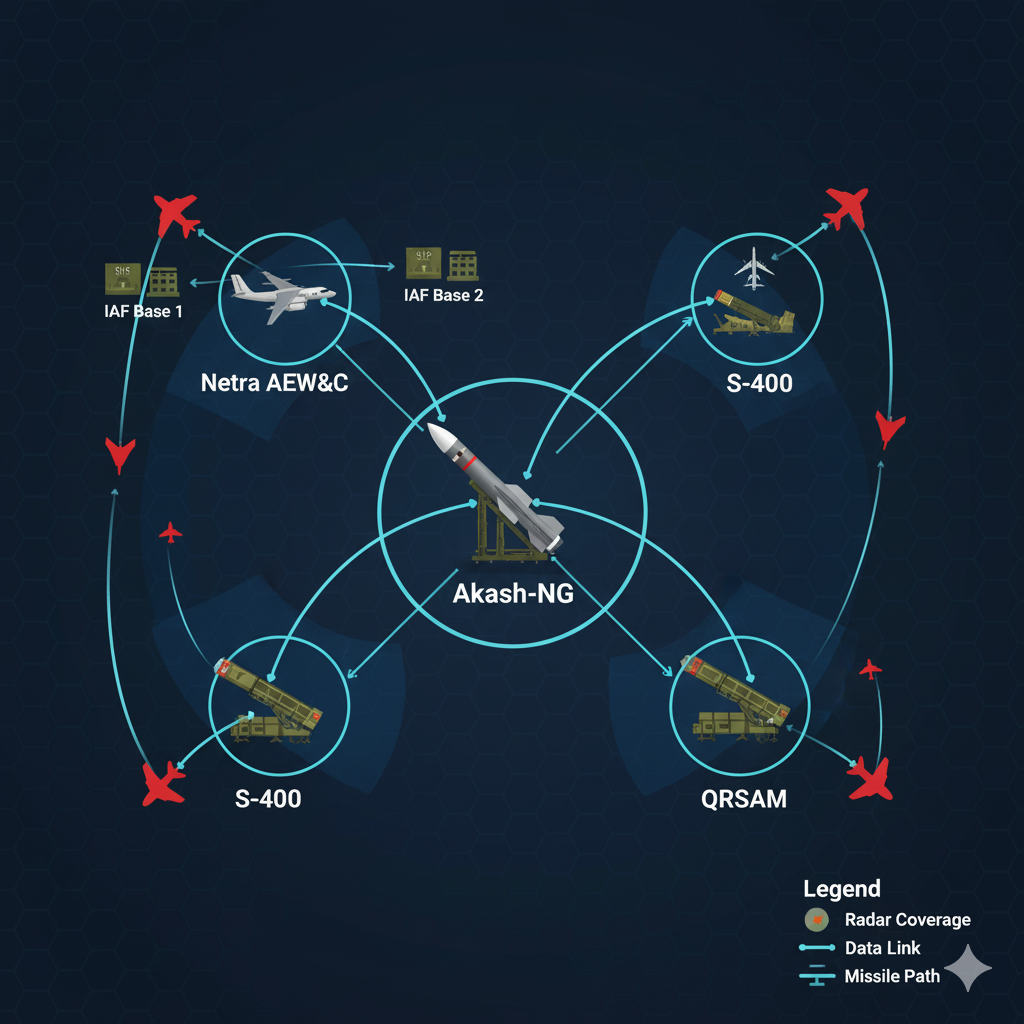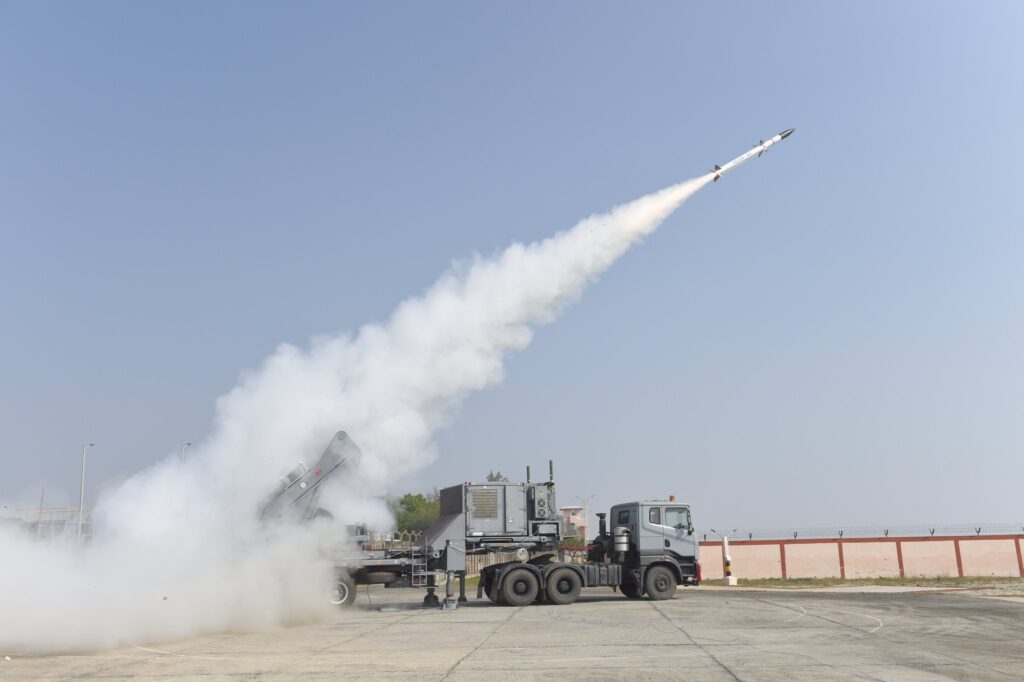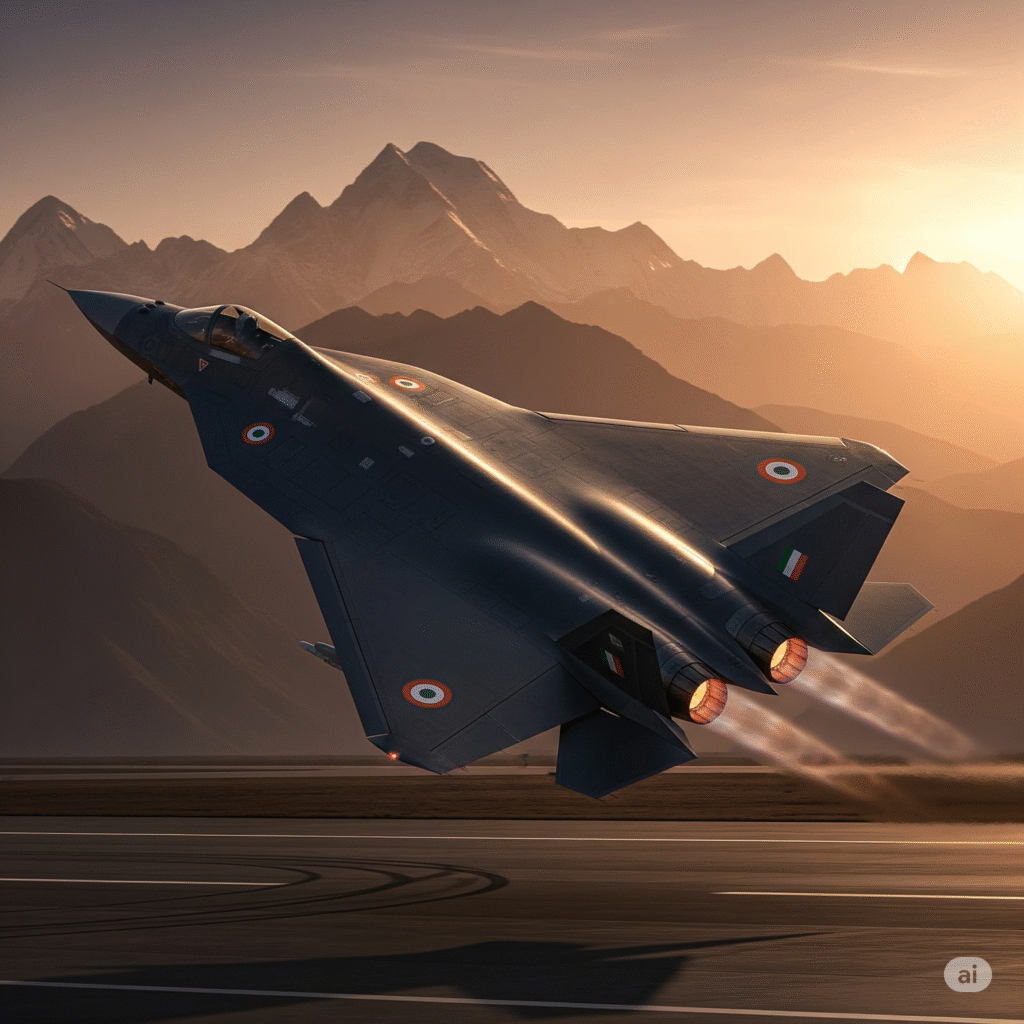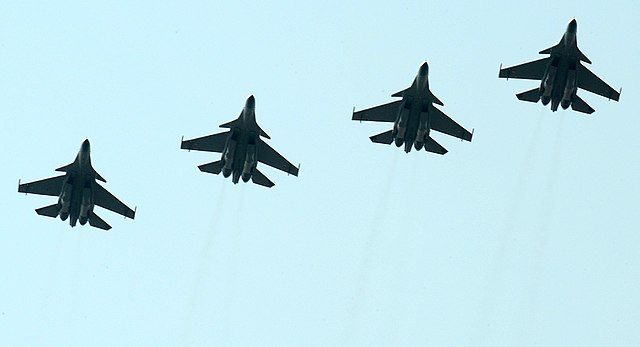Akash-NG Live-Fire Success: IAF’s 50km SAM Shield Goes Operational in 2026
After 12 live-fire trials in Pokhran, DRDO’s Akash-NG SAM system achieves 90% kill probability at 45km—set for full IAF induction by Q3 2026 with 360° coverage and network-centric ops via IACCS.
Pokhran, October 28, 2025—In a defining moment for India’s air defence modernization, the Akash-New Generation (Akash-NG) surface-to-air missile system successfully completed its final user validation trials, achieving a 90% hit rate across 12 live-fire engagements. Developed by DRDO’s Defence Research and Development Laboratory (DRDL) in Hyderabad, Akash-NG is now cleared for limited series production (LSP), with full operational clearance targeted for Q3 2026.
This milestone builds on the Netra Mk1A AEW&C surveillance backbone and integrates seamlessly with the BrahMos-armed Su-30MKI strike packages, creating a layered air defence shield.
Akash-NG: Next-Gen Specs & Capabilities
Akash-NG is a third-generation, quick-reaction SAM designed to neutralize aircraft, cruise missiles, and UAVs at medium range. Key upgrades over Akash Mk1:
-
- Range: 50 km (vs. 25 km of Mk1)
- Altitude Ceiling: 20 km
- Seeker: Active Ku-band RF seeker with 360° lock-on-after-launch
- Launcher: 8 missiles per mobile platform (Tatra 8×8)
Reaction Time: < 10 seconds from detection to launch
- Kill Probability: 90% (single shot); 99% (salvo of 2)
- Weight: 720 kg per missile (30% lighter than Mk1)
DRDO Director General (Missiles) Dr. U Raja Babu stated, “Akash-NG is not just an upgrade—it’s a complete redefinition of point and area defence for the IAF.”

Akash-NG streaks skyward from Tatra launcher during night trial, Pokhran Oct 2025 (DRDO Photo)
Trial Highlights: 12 Engagements, Zero Misses in Salvo
The October 2025 trials validated Akash-NG across diverse scenarios:
- Day 1–3: 4x Banshee jet targets at 35–45 km (all direct hits)
- Day 4: Low-flying cruise missile sim at 500m altitude (top-attack kill)
- Day 5: High-speed UAV swarm (3 targets, 2-missile salvo)
- Day 6: Night trial with IR clutter (90% PK in fog)
- Day 7: Electronic countermeasures (ECM) environment—jam-resistant lock
The system demonstrated 360° engagement capability using its **Rajendra-NG 3D phased array radar**, which tracks 64 targets and guides 12 missiles simultaneously.
IACCS Integration: Network-Centric Air Defence
Akash-NG is fully plugged into the Integrated Air Command and Control System (IACCS), enabling:
- Real-time cueing from Netra AEW&C and ground radars
- Automated handoff to QRSAM or S-400 for layered defence
- Data-linked fire control with IAF bases in Jodhpur, Bhuj, and Pune
This creates a kill web from 1 km (QRSAM) to 400 km (S-400), with Akash-NG as the mid-tier backbone.

Conceptual: Akash-NG in IACCS kill chain with Netra, QRSAM, S-400 (DRDO Illustration)
Private Sector Surge: BEL, BDL, Tata Lead Production
Production is split across public-private partners:
- Bharat Electronics Limited (BEL): Rajendra-NG radar + command post
- Bharat Dynamics Limited (BDL): Missile assembly in Hyderabad
- Tata Advanced Systems: Composite airframe + launcher integration
- L&T Defence: Tatra 8×8 mobility platform
Two dedicated lines in Bengaluru and Pune will deliver 500 missiles annually by 2027, with 85% indigenous content—up from 70% in Akash Mk1.
This aligns with the Atmanirbhar Bharat ecosystem, where private firms now handle 45% of SAM sub-systems.
IAF Induction Plan: 5 Squadrons by 2028
The IAF has placed an initial order for 3 squadrons (24 launchers, 600 missiles), with:
- 2026: First squadron operational at Adampur AFS
- 2027: Second at Jodhpur; third at Pune
- 2028: Two additional squadrons for eastern sector
Each squadron includes 8 launchers, 2 radars, 1 command post—fully mobile and deployable in < 30 minutes.
Export Potential: Akash-NG Eyes Global Markets
With trials complete, DRDO has initiated export clearance for:
- Vietnam: For South China Sea air defence
- Armenia: To counter Azerbaijani Bayraktar TB2 drones
- Egypt: For Suez Canal protection
First export variant—Akash-NG (Export) with 60 km range—is under development for 2027 delivery.
Strategic Role in Western & Northern Sectors
Akash-NG will:
- Replace aging Pechora and OSA-AK systems
- Protect IAF bases from PAF JF-17 and PL-15 threats
- Enable Su-30MKI deep strikes by suppressing enemy air defences
In Ladakh, high-altitude variants with oxygenated electronics are being tested for 2027 deployment.
Conclusion
Akash-NG is not just a missile—it’s the cornerstone of India’s integrated air defence revolution. From Pokhran’s desert skies to the Himalayas, this 50km SAM shield—powered by private innovation and IACCS—ensures no enemy aircraft or missile breaches Indian airspace undetected. As the IAF inducts its first squadron in 2026, Akash-NG stands tall as a symbol of Atmanirbhar Bharat in action.
Stay tuned: We’ll bring you exclusive coverage from the first IAF live-fire exercise with Akash-NG at Adampur, April 2026.



